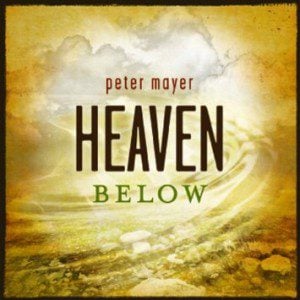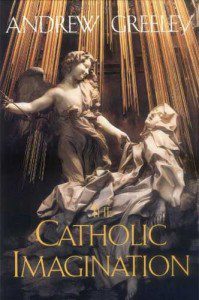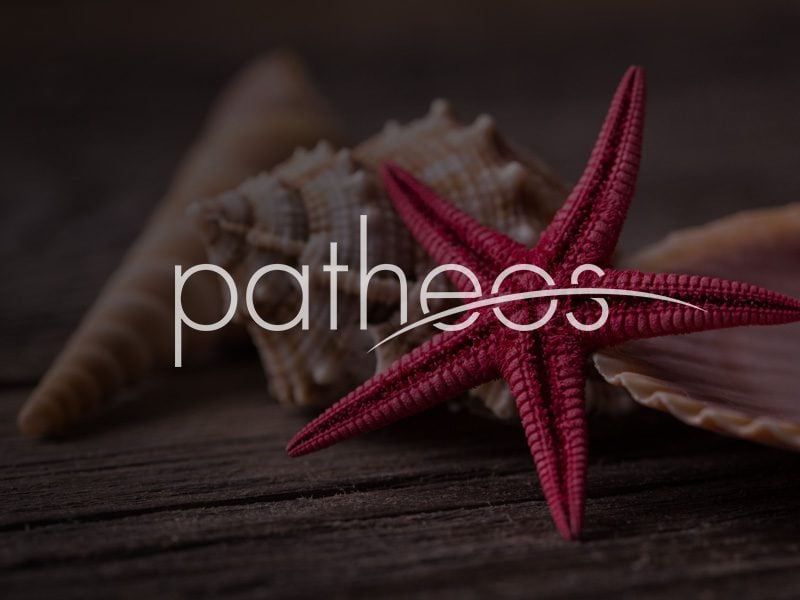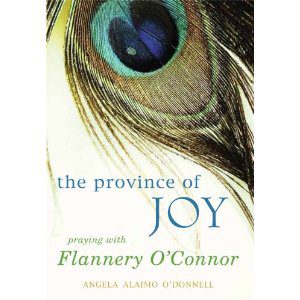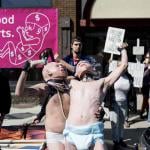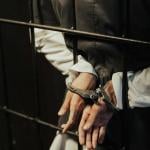Florida’s new senator-elect, Marco Rubio, is officially on the roles of the Roman Catholic Church. He, further, claims both in interviews and on his website that he is a Roman Catholic. However, as reported in The New York Times, besides attending mass on occasion, “he regularly worships at an evangelical megachurch whose theology is plainly at odds with Catholic teaching.”
Conservative theologians, both Catholic and evangelical, would likely balk at Rubio’s audacity. But life is messy, and official theologies rarely take into account the complex beliefs of the average person in the pew. Jeffrey Weiss, a reporter for the Dallas Morning News, once wrote, “Theologians are often like engineers — setting the specifics of their faith to several decimal places. But lots of people are more like shade-tree mechanics, not nearly so sure of their precision and more concerned with making stuff work.” Accordingly, I believe there is more to Rubio’s situation than merely a cynical political calculation of trying to maximize both Catholic and Protestant voting blocks, although I’m sure some political calculation is involved too.
Without knowing him, I would venture a guess that soon-to-be Senator Rubio finds meaning in both traditions. Some church officials may claim that there are too many incommensurable differences for a “Catholic Protestant” to exist, but people like Mr. Rubio demonstrate with their everyday lives that seemingly-contradictory, hyphenated groups like “Catholic-Protestant Christians” do exist — with or without official recognition. Mr. Rubio is one of many representatives of paradoxical, “both/and” situations in which individuals hold seemingly-conflicting allegiances. In our increasingly pluralistic world, I wager that as we move further into the 21st century, we will see more, not less, religious hybridity.



